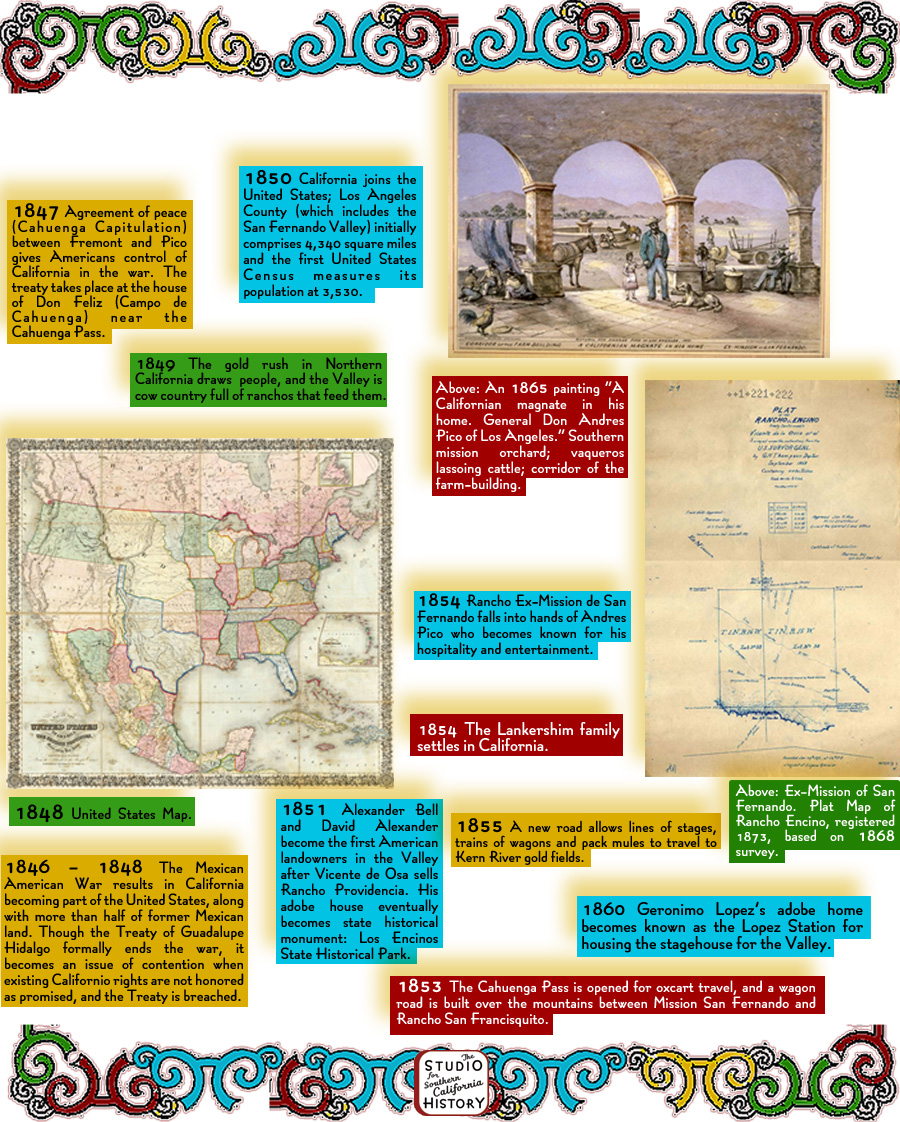
Being so important for the stability and cooperation of countries of Antarctica, the treaty deserves a special mention here: The system features a set of treaties that were later added to the steady foundation that is the Antarctic Treaty. This is exactly where the Antarctic Treaty System came into play, and it has served the purpose admirably. With so many different fields requiring a decent amount of regulation in order for all these countries to coexist and focus on science rather than causing conflicts, the need arose for an all-encompassing system to fulfill that role. So, does Antarctica have countries? No, no one owns Antarctica, at least not officially, but the number of countries in Antarctica doing research at the moment is quite high, with more than 50 of them signing the Antarctica Treaty. The Antarctica Treaty came into force in 1961 and has been the main tool in managing the international relations around the South Pole.

These were Belgium, South Africa, Japan, the United States, and the Soviet Union. Besides the seven countries that were also busy claiming the territories, five more came forward, willing to ratify the treaty. Opened for signature in 1959, it was initially given a blessing by twelve countries that participated in the International Geophysical Year, or IGY for short. The product of their collaboration was the Antarctica Treaty. It was there, on Antarctica, that scientists from a large number of countries came together to learn about the world and the universe. International Geophysical Year was a major turning point for countries deeply separated by the Cold War and the danger it posed. To truly grasp the ridiculousness of these claims, just consider the fact that Argentina, Chile, and the United Kingdom’s proposed territories overlap, which can be seen on any map of Antarctica that features borders.Īfter this greedy division of the Antarctic region came some better days. The Antarctic region was divided into Australian Antarctic Territory (now headed by Australian Antarctic Division), Ross Dependency, Chilean Antarctic Territory, Argentine Antarctica, Peter I Island, British Antarctic Territory, and Adélie Land, claimed by the seven countries respectively.

They were the neighboring countries of Australia, New Zealand, Chile, Argentina, and a few countries under Antarctica continent (or above depending on how you look) – Norway, the United Kingdom, and France. To get a clearer picture, you need to understand more about the events that preceded the treaty system that keeps the fifth-largest continent of the world in check, protecting it from armed conflicts and petty squabbles.ĭuring the 1950s, seven countries were very eager to lay claim to the Antarctic continent. However, as can be expected of any place on Earth where interests of various countries collide, waters get muddied rather abruptly. The short answer to this question, and also how it should be is simply – no. So, what countries are in Antarctica if any? Are there any Countries in Antarctica? Territorial claims in Antarctica include all lands and each and every ice shelf under the 60th parallel south, or it is at least how the Antarctic Treaty deals with the aforementioned claims. How many Countries in Antarctica Are There?īefore discussing the exact number of countries presently holding claims on Antarctica, it’s important to understand what these claims constitute. While there are systems to prevent such divisions of land among sovereign countries in Antarctica, there are obviously tendencies to bend the rules ever so slightly, just enough for certain countries to flash their claims.Īll these conflicting interactions, double standards, and a glutton for land are to this day causing confusion not only among those visiting the South Pole themselves but also anyone trying to get informed about the bottom of the barrel that are these claims to Antarctican lands. Others are either turning a blind eye to such activities in order to maintain the status quo or performing some illicit activities themselves. Some of them are taking steps adverse to peace on the southernmost continent of the world, continuously claiming sovereignty in the most underhanded of ways. Despite the years of effort to have Antarctica preserved as a politics-free zone, many countries still vie for its territory to this day.


 0 kommentar(er)
0 kommentar(er)
